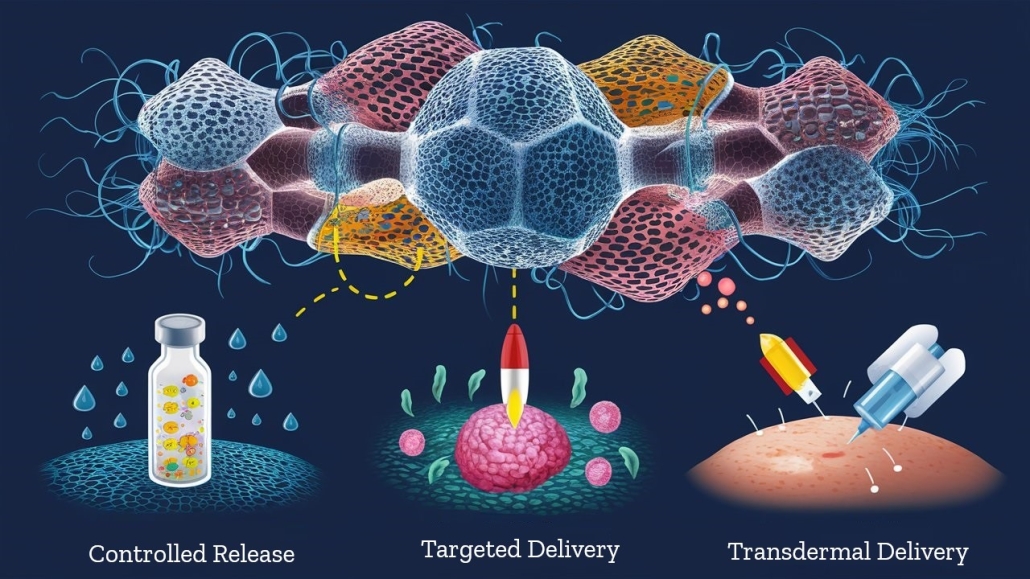Influence of Collector Speed on Parallel Nanofiber Arrangement in Electrospinning
Abstract
Electrospinning is a versatile technique for fabricating nanofibrous materials with tunable structures. Fiber alignment, a critical parameter for applications such as tissue engineering, sensors, and filtration, can be effectively controlled by the speed of the electrospinning collector.




 Nanofibers, with their distinctive properties such as high surface area, tunable porosity, and biocompatibility, have emerged as invaluable tools in the realm of medicine. This article explores the diverse applications of nanofibers, showcasing their pivotal role in revolutionizing drug delivery, wound healing, tissue engineering, surgical procedures, diagnostics, neural tissue engineering, orthopedic implants, infection prevention, and ophthalmic applications.
Nanofibers, with their distinctive properties such as high surface area, tunable porosity, and biocompatibility, have emerged as invaluable tools in the realm of medicine. This article explores the diverse applications of nanofibers, showcasing their pivotal role in revolutionizing drug delivery, wound healing, tissue engineering, surgical procedures, diagnostics, neural tissue engineering, orthopedic implants, infection prevention, and ophthalmic applications. 
 Nanofibers have demonstrated significant potential in the field of energy storage, particularly in the development of advanced materials for batteries and capacitors. Here are some key applications of nanofibers in energy storage:
Nanofibers have demonstrated significant potential in the field of energy storage, particularly in the development of advanced materials for batteries and capacitors. Here are some key applications of nanofibers in energy storage: Nanofibers have gained significant attention and application in the field of tissue engineering due to their unique properties and potential to mimic the native extracellular matrix (ECM) of tissues. Here’s some information about the application of nanofibers in tissue engineering:
Nanofibers have gained significant attention and application in the field of tissue engineering due to their unique properties and potential to mimic the native extracellular matrix (ECM) of tissues. Here’s some information about the application of nanofibers in tissue engineering: